Established in 1989, Yookamurra Wildlife Sanctuary – AWC’s dedicated education hub, and an important feral-free haven for threatened species – is celebrating 30 years of protecting land for conservation.
Yookamurra’s conservation legacy
Dr John Wamsley, of Earth Sanctuaries Ltd, established Yookamurra as a sanctuary 1989, constructing a large feral-proof fence. By 1990, all feral cats and foxes had been successfully removed from within this area, allowing for the reintroduction of Numbats, Bilbies, Burrowing Bettongs and Brush-tailed Bettongs in the early 1990s.
Further developing this important conservation legacy, AWC acquired the property in 2002. Today, Yookamurra continues to be a stronghold for many flora and fauna species that are disappearing rapidly across Australia.
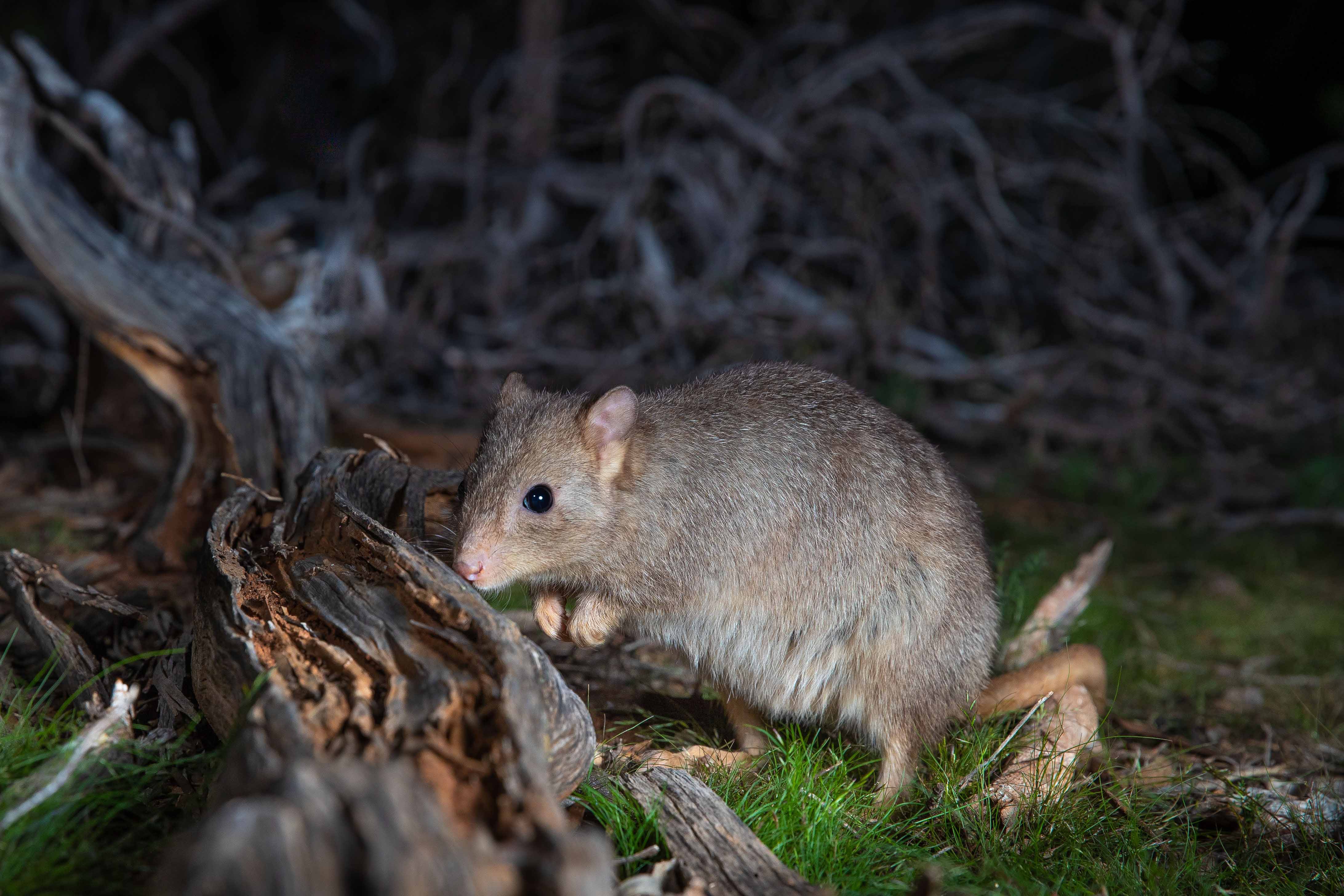 © Brad Leue/AWC
© Brad Leue/AWC
Within its 1,100 hectare feral-free area, the sanctuary protects vitally important wild populations of threatened Bilbies, Numbats, Burrowing Bettongs and Brush-tailed Bettongs; as well as some of the best stands of intact rare old-growth Mallee in south-eastern Australia – including many trees estimated at over 600 years old. Southern Hairy-nosed Wombats, Western Pygmy Possums, Common and Fat-tailed Dunnarts, and some 110 bird species – including threatened Malleefowl – also call Yookamura home.
Educating the next generation of conservationists
As well as being an important refuge for threatened wildlife, Yookamurra is the epicentre of AWC’s national education and engagement program, with a dedicated team facilitating a range of popular school and university education programs, a specialised intern program, numerous volunteer opportunities, and sell-out public open days which take place twice a year.
Yookamurra’s education programs are suitable for a wide variety of students and ages. Students and their teachers will typically stay for one night and complete a range of projects designed to interactively educate them on ecosystems, the Mallee, feral predators, data collection, the application of science in conservation, and more.
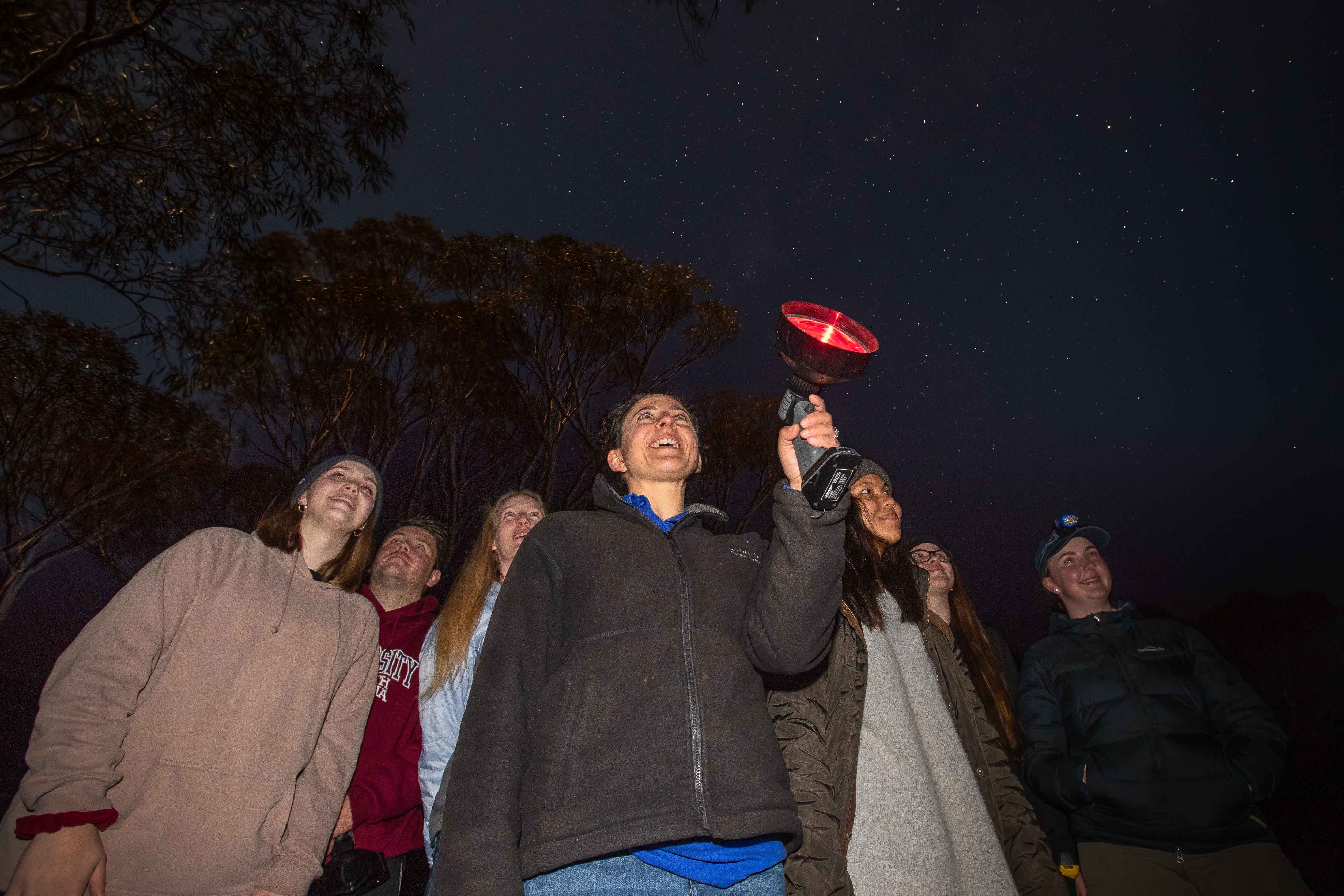 © Brad Leue/AWC
© Brad Leue/AWC
As Yookamurra’s Senior Field Ecologist and Wildlife Educator, Helen Crisp, explains:
“The education program here is truly unique. Students often come to us disengaged with the natural world, and they leave us equipped with an understanding of biodiversity, conservation and science in action.
Some students have no idea what an ecologist is or what certain species are – some think that Bilbies are mythical. Or perhaps they have never seen real stars before.
We educate them on the real issues facing Australia’s species, what can be done on the ground, and the career options open to them in this field.”
Since 2006, Yookamurra has welcomed more than 240 education groups (including schools, university groups, Youth Environment Councils, Scouts and NRM groups), and some 5,675 people. Yookamurra currently averages around 500 visitors per annum; including approximately 20 volunteers who assist with flora and fauna surveys as part of AWC’s EcoHealth monitoring program.
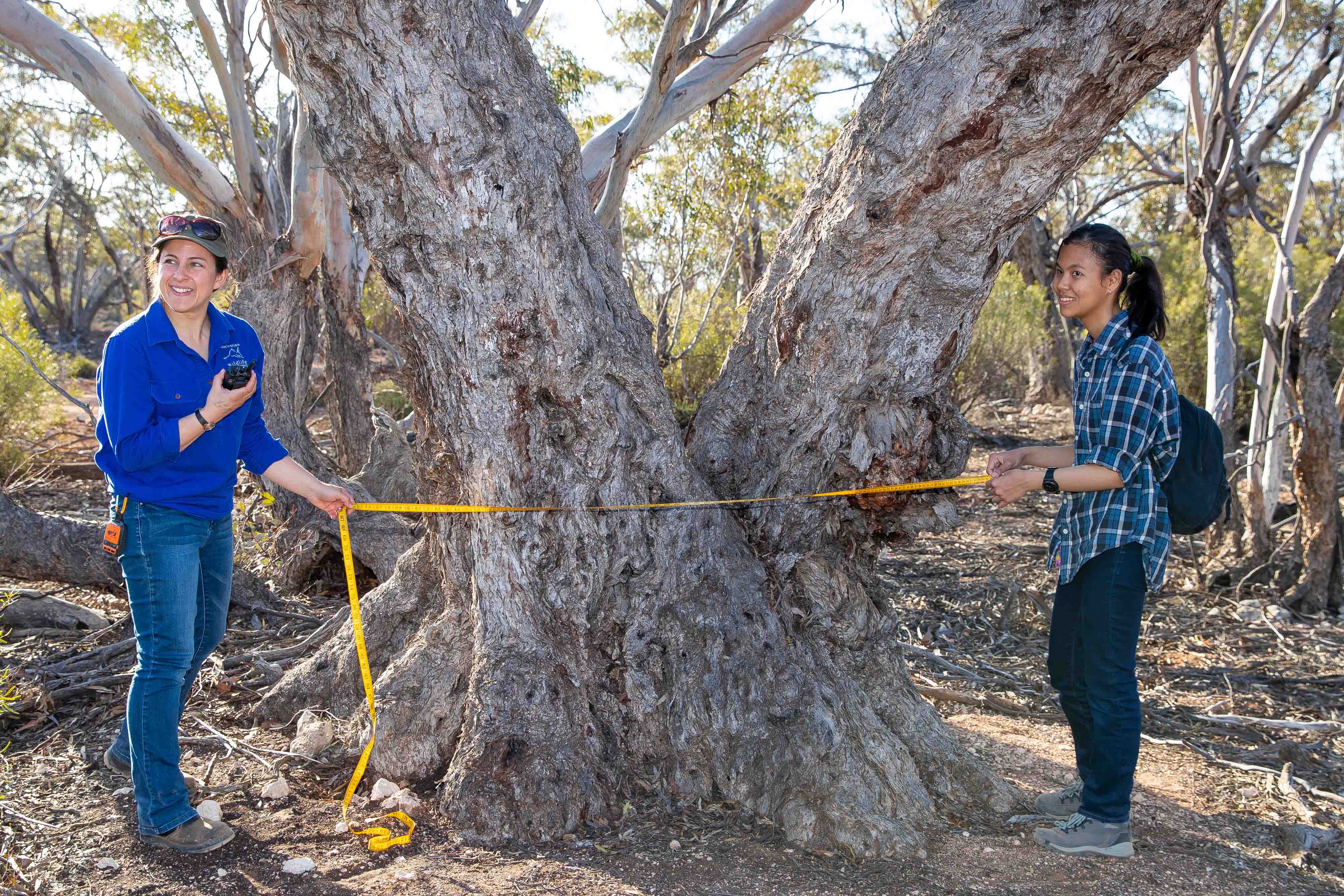 © Brad Leue/AWC
© Brad Leue/AWC
In a similar vein, open days give the public an exclusive behind-the-scenes look at Yookamurra’s numerous ecological treasures, and include educational guided walks among the old-growth Mallee, interactive demonstrations and lessons on threatened species recovery and animal behaviour. Dr John Wamsley, the sanctuary’s founder, visited Yookamurra’s most recent open day. He said:
“The whole idea was to set something up that kept going, and taught people about biodiversity. I don’t think people realise how precious it is, but we are losing our biodiversity.
Thirty years later, Yookamurra is still going and still teaching this lesson, and it’s so good.”
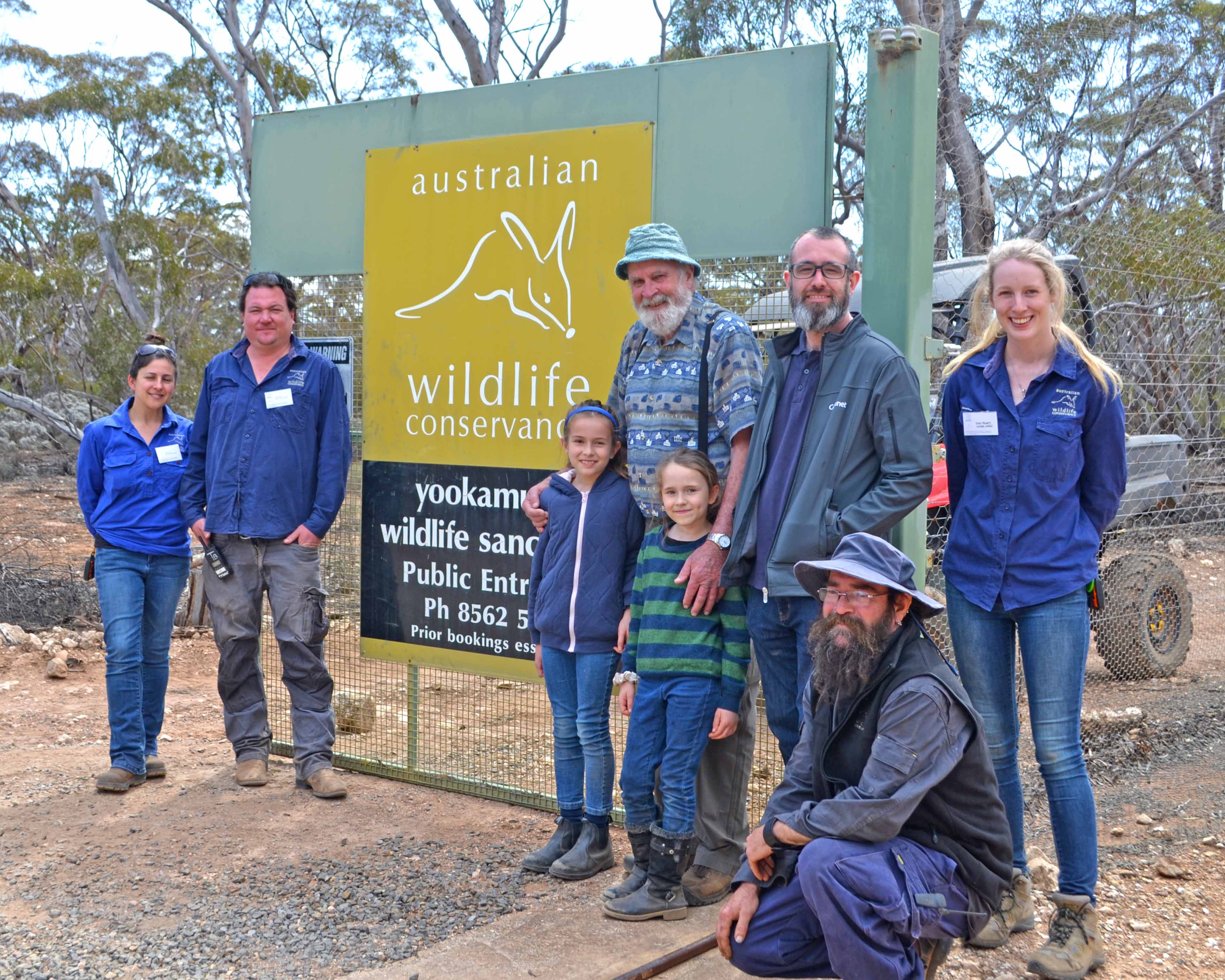 © Melissa Elderfield/AWC
© Melissa Elderfield/AWC
Another crucial element of Yookamurra’s educational outreach is the rigorous training of future scientific communicators.
Yookamurra runs a unique Interpretations Internship, designed to provide recent science students with experience and professional skills in community engagement, education and outreach. The program is an important career stepping-stone, providing individuals with robust skills and experience – in both the classroom and the field.
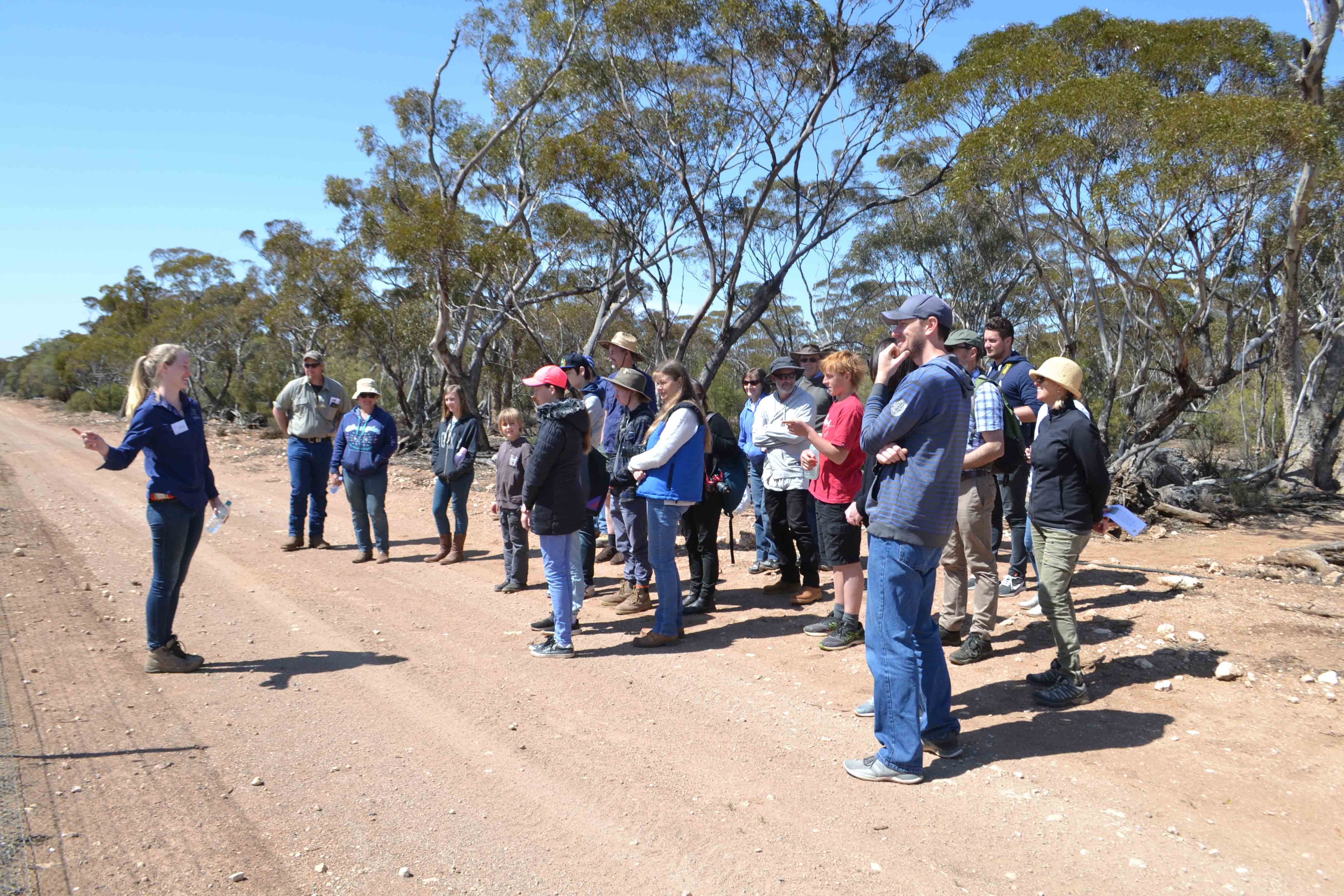 © Melissa Elderfield/AWC
© Melissa Elderfield/AWC
Situated just two hours north-east of Adelaide, Yookamurra is well positioned to host local educational groups, and looks forward to welcoming new and returning visitors. All proceeds from Yookamurra’s education program are dedicated to conservation of wildlife.
Visit Yookamurra and experience our education program.